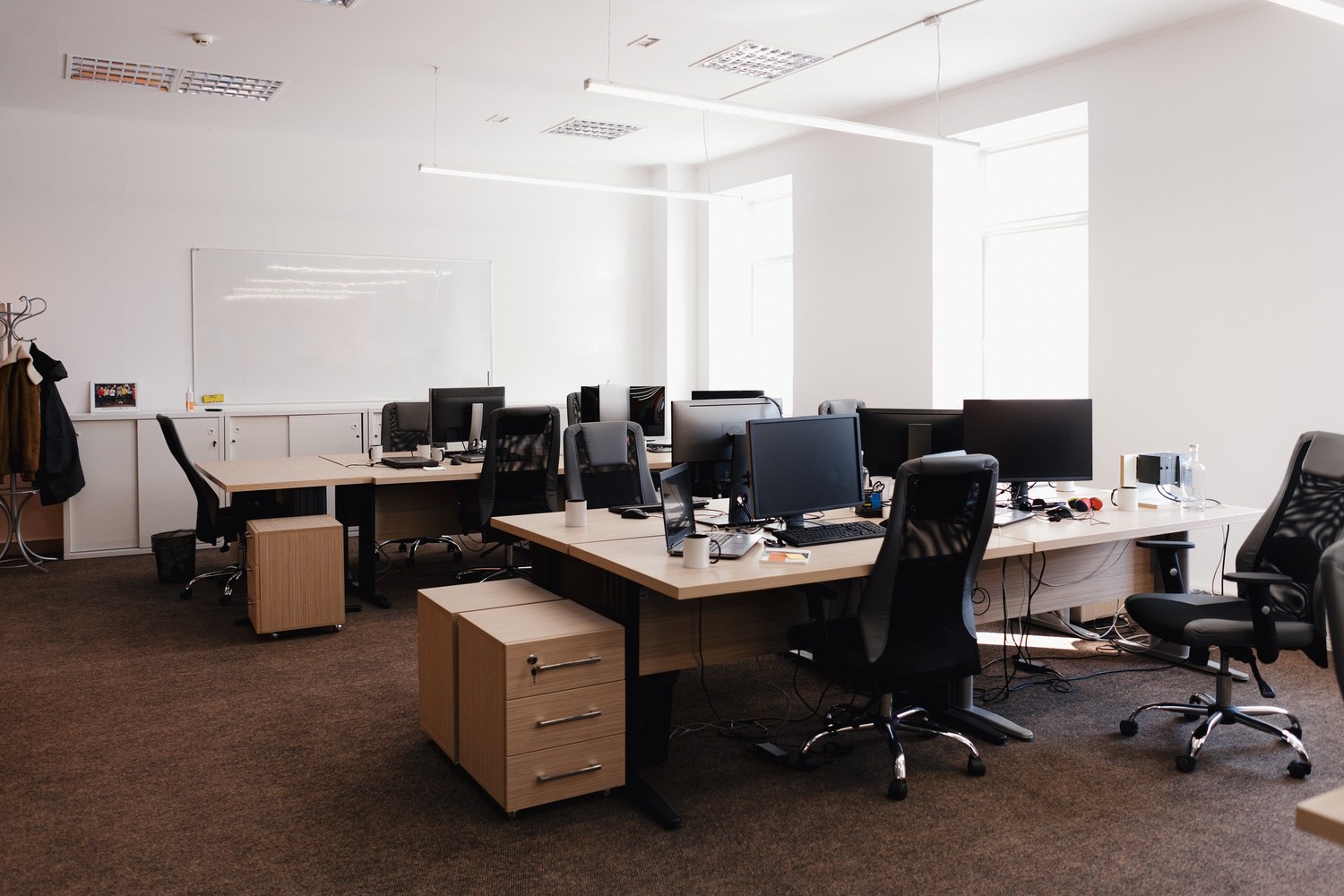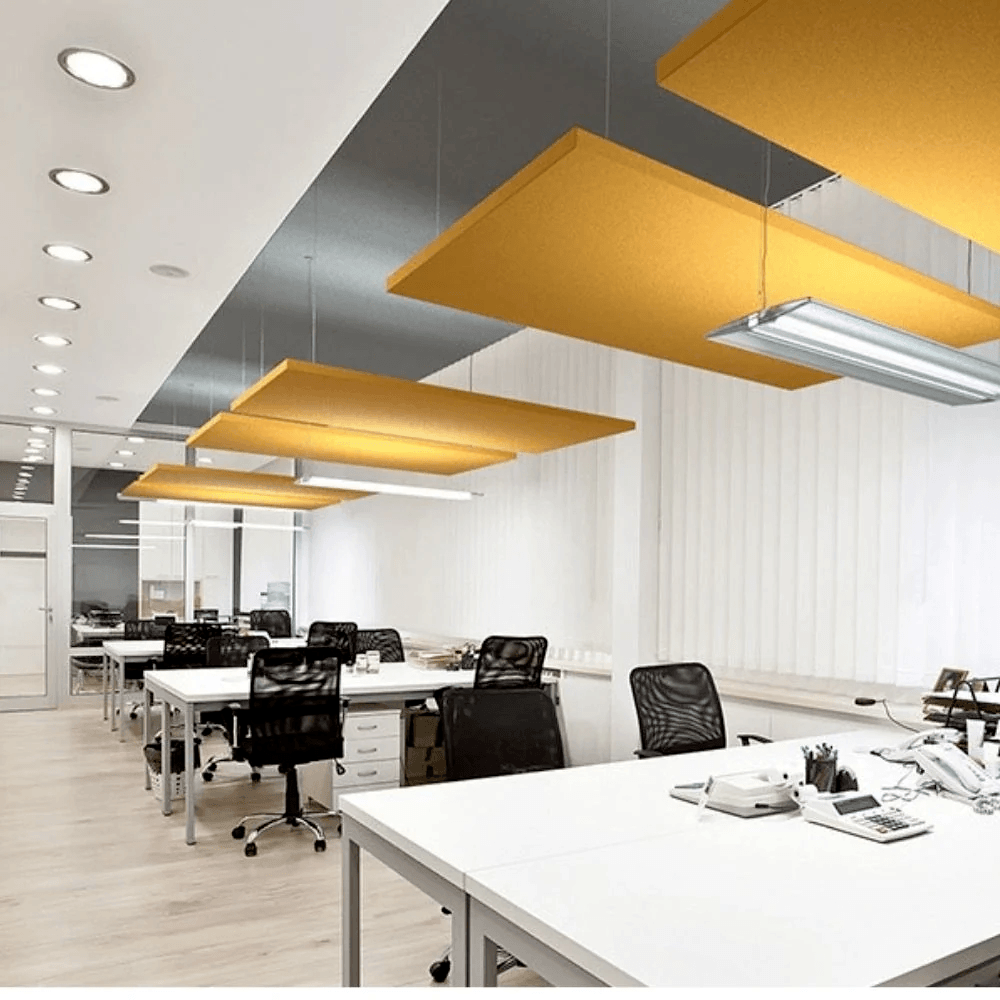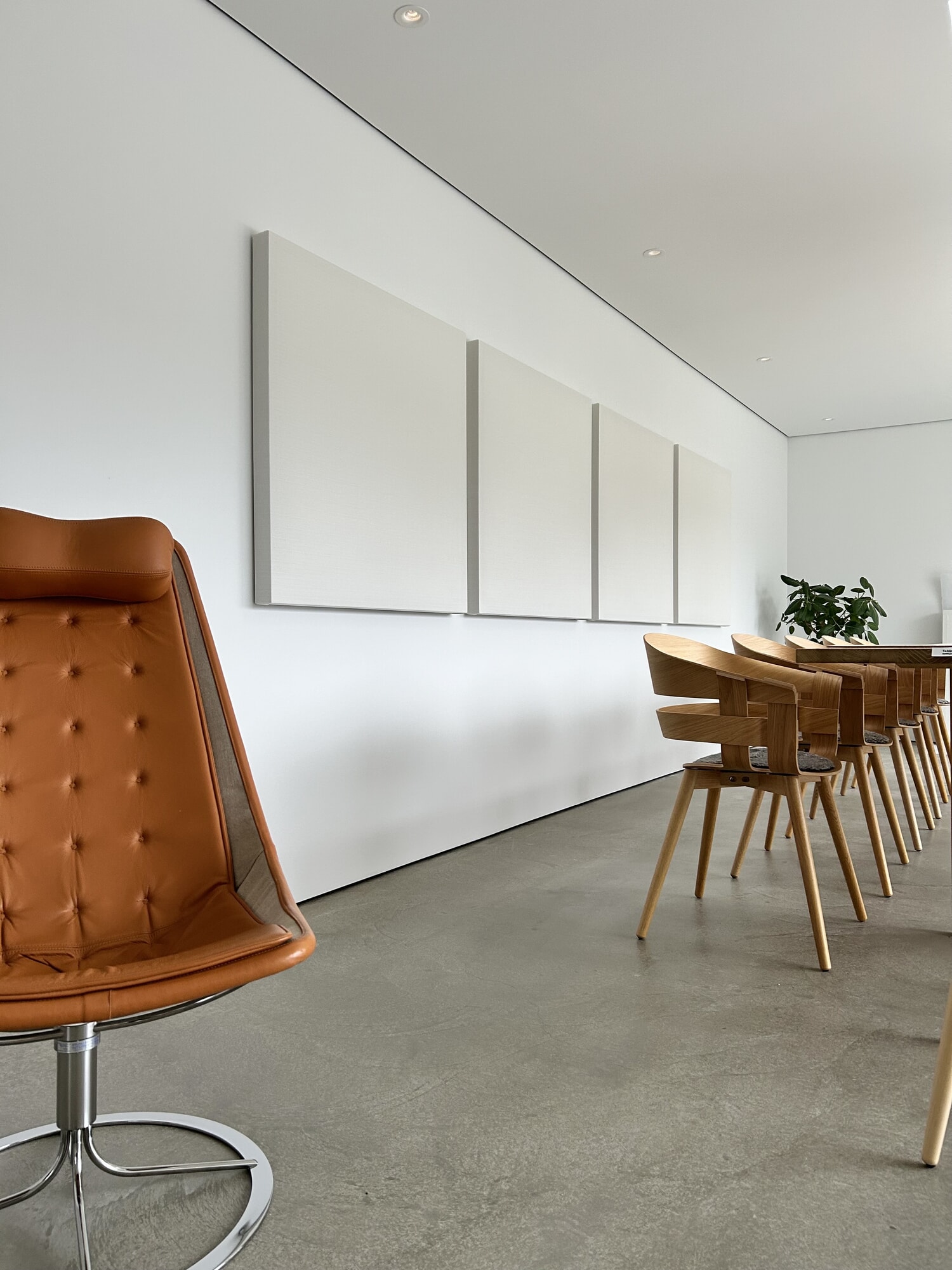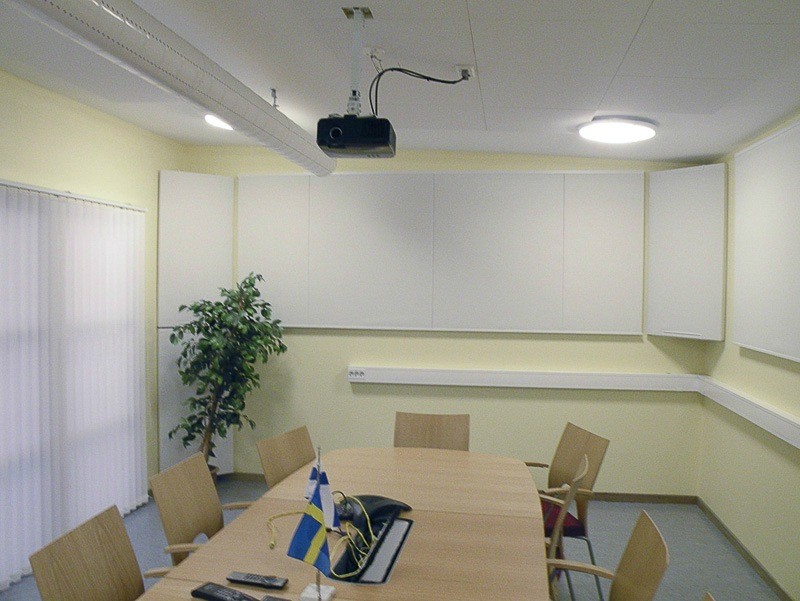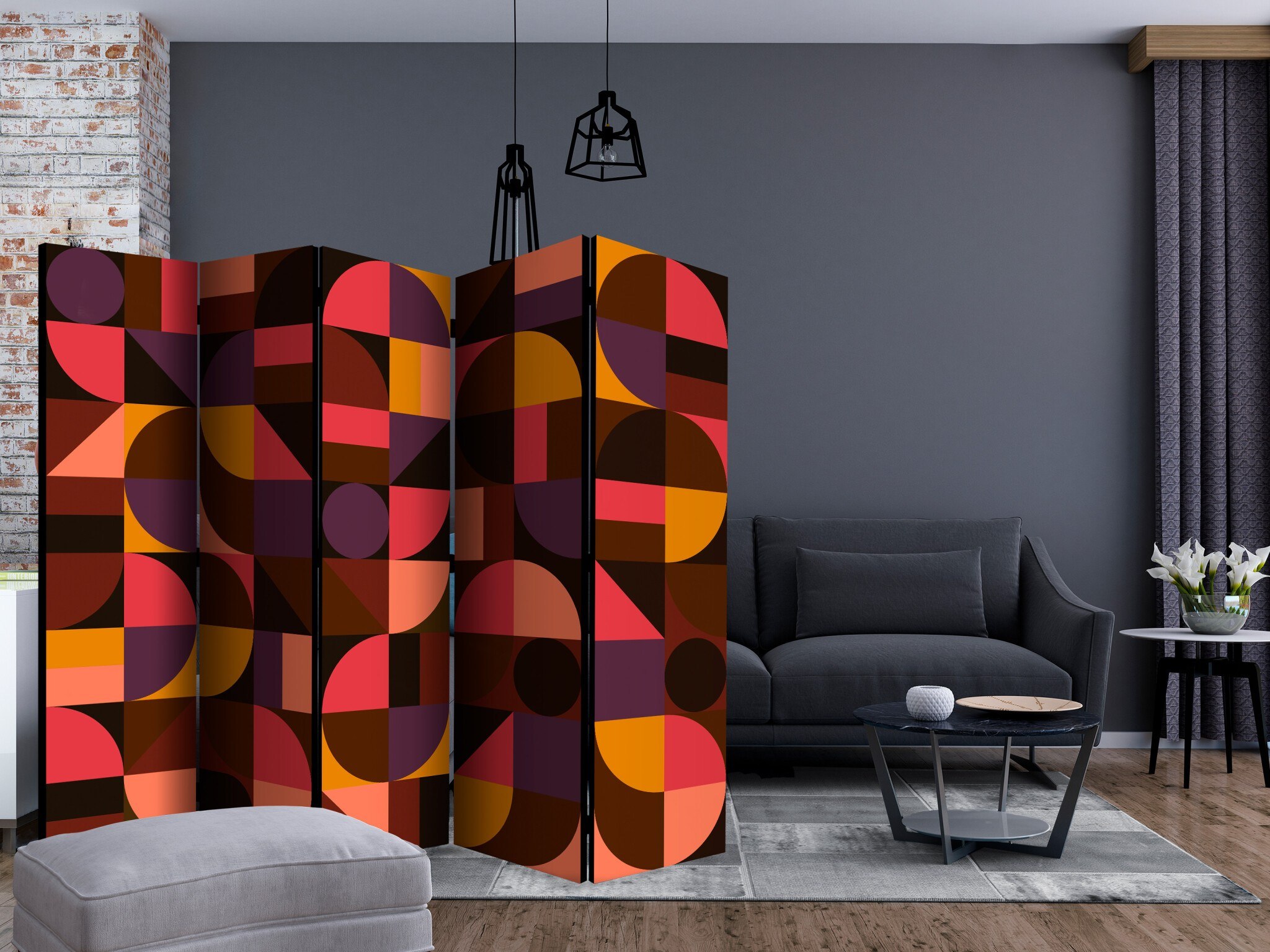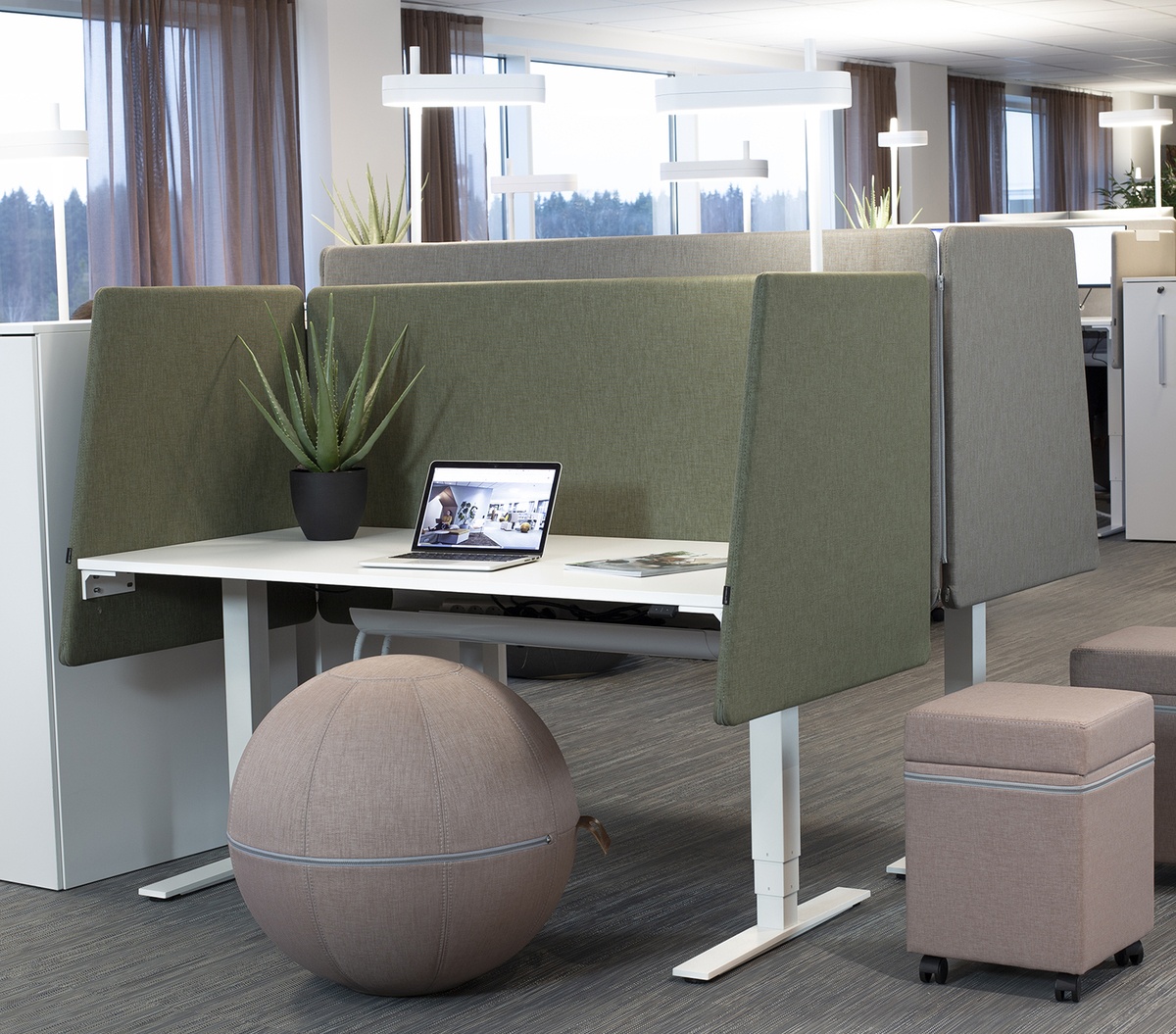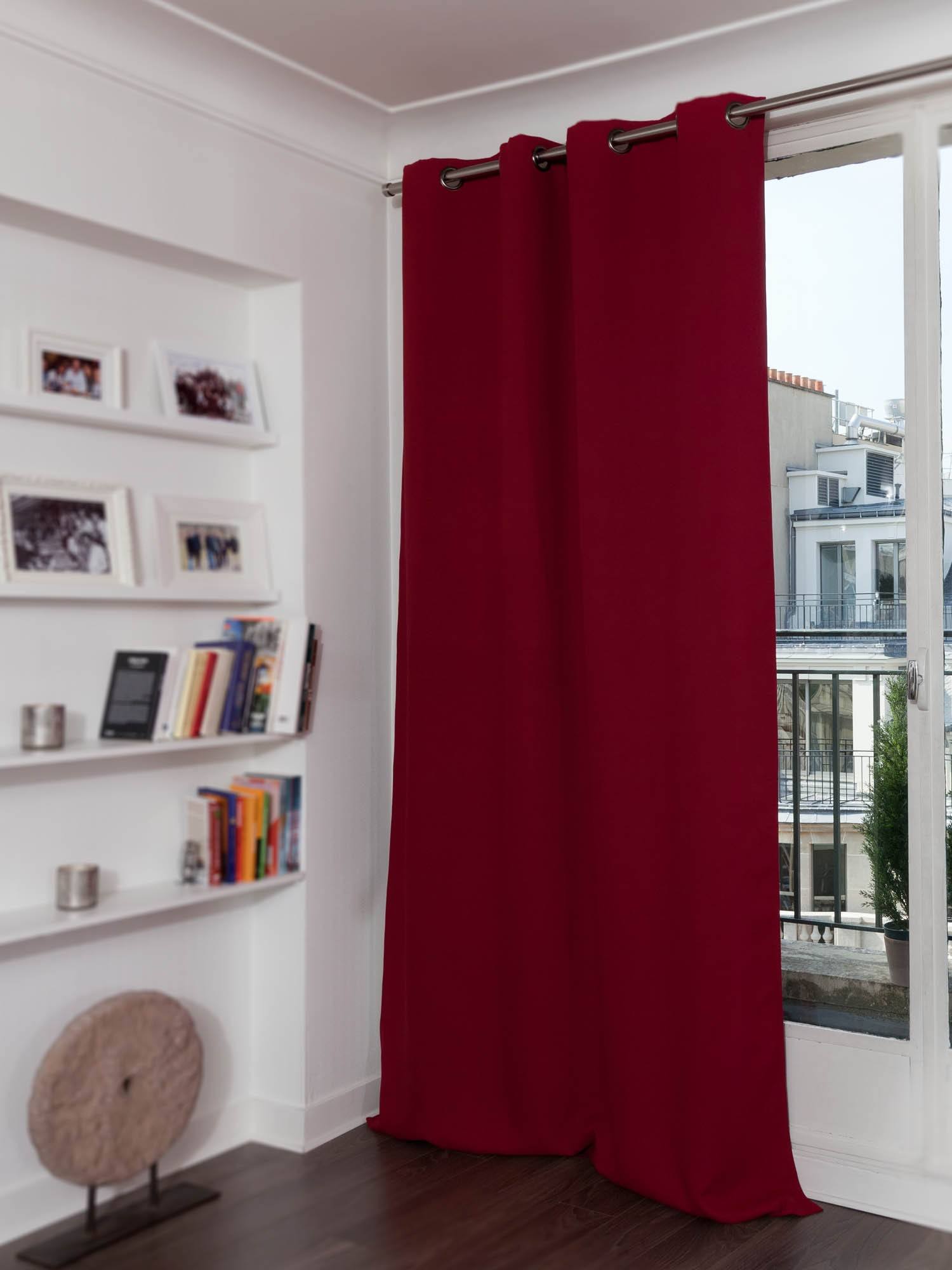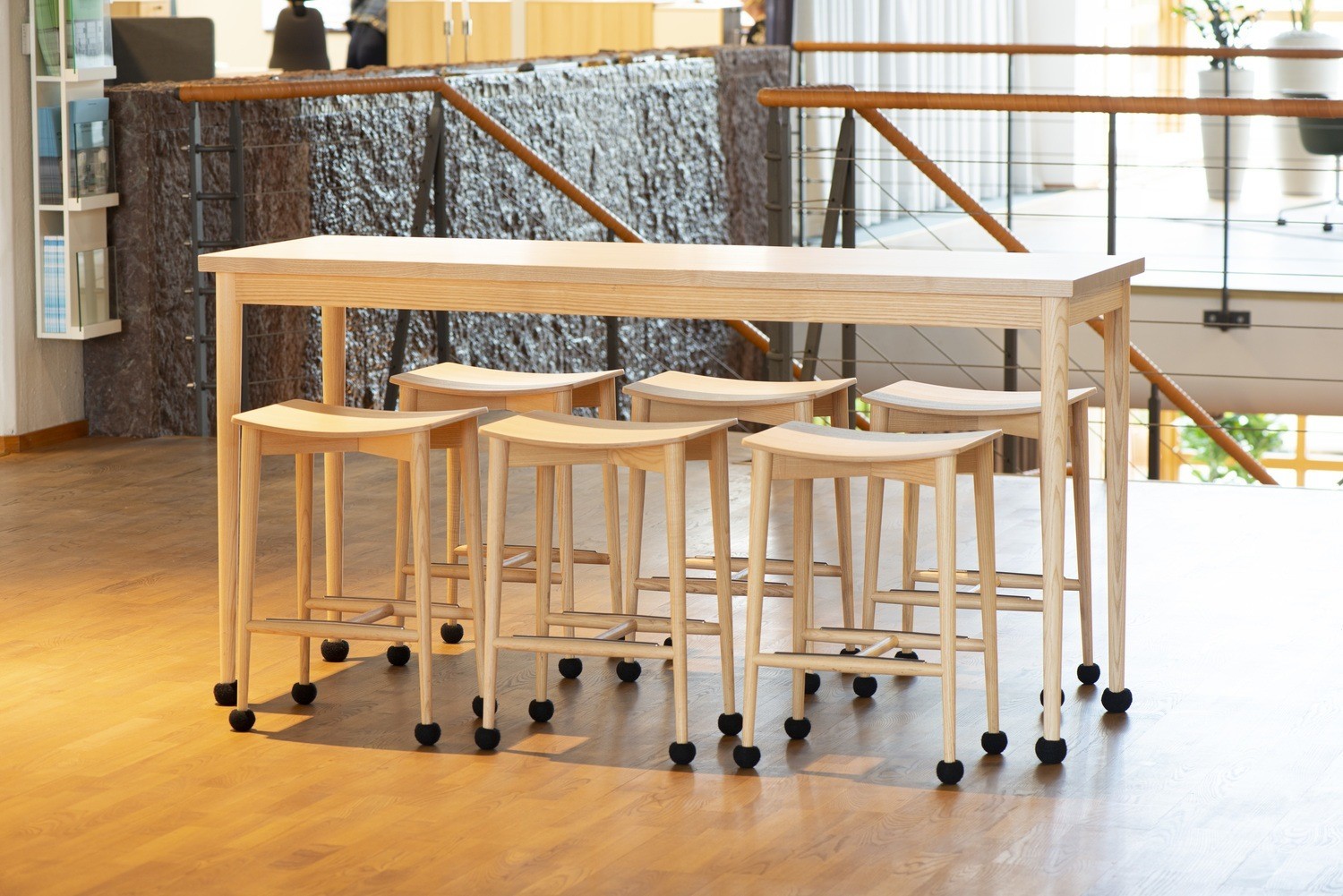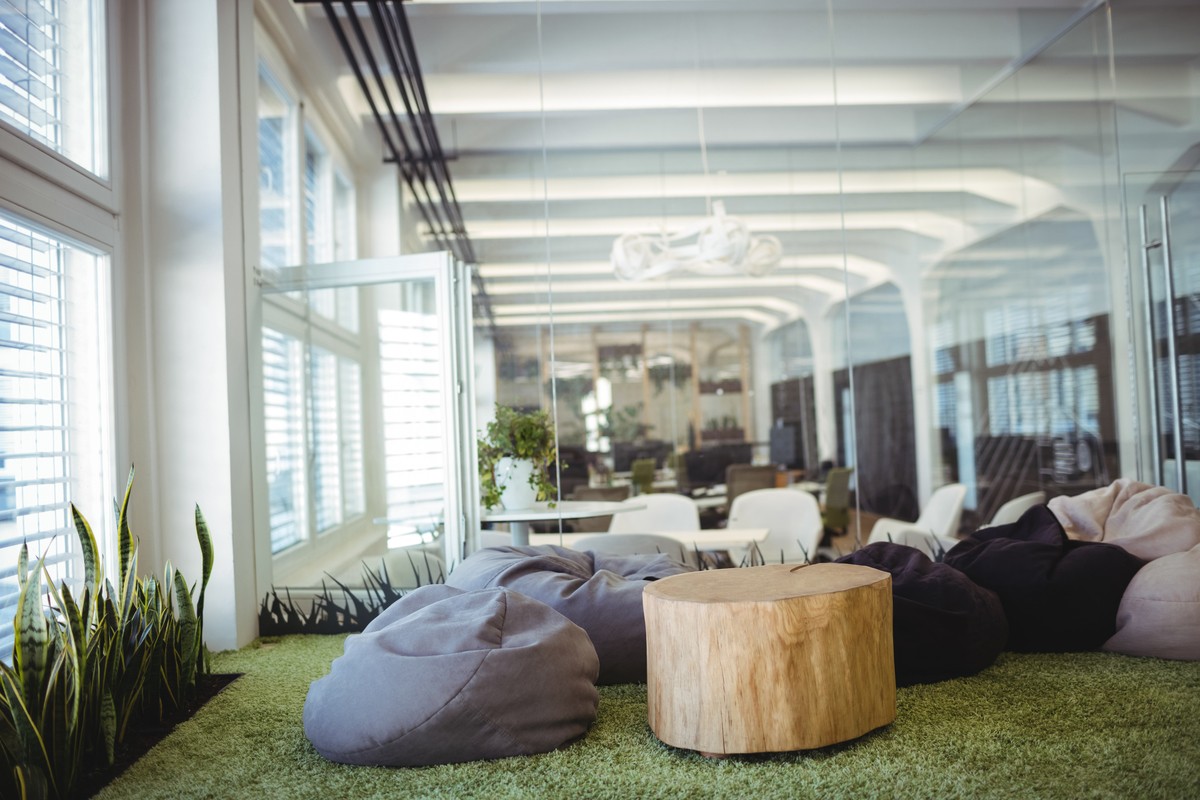Effective sound absorption in ceilings – improve office acoustics
Soundproofing the ceiling in an office is an effective measure for reducing disruptive noise, improving the working environment, and creating a more pleasant soundscape. In modern office environments, especially in open-plan offices, sound can be reflected from hard surfaces, creating reverberation and impairing the working climate. Installing sound absorbers in the ceiling can reduce echoes, muffle conversation noise, and increase productivity.
Planning sound absorption in the ceiling
Before installing sound absorbers, it is important to analyze the room's design and identify potential obstacles such as ventilation pipes, lighting fixtures, and sprinkler systems. These can affect both the placement and mounting options. Careful planning of the installation ensures optimal sound absorption without affecting the functionality of the room.
Methods for installing sound absorbers in the ceiling
There are several different ways to install sound absorbers on the ceiling, depending on the room's needs, aesthetics, and desired acoustic effect.
Diagonal mounting between ceiling and walls
An effective method for breaking up sound waves and reducing reflections is to mount absorbers diagonally between the ceiling and walls. This is particularly useful in rooms with high ceilings, where sound easily bounces between surfaces and creates an unbalanced sound environment. By creating a combined surface for sound absorption and diffusion, the sound image becomes more even and controlled.
Vertically mounted sound absorbers on the ceiling
Vertically suspended absorbers are an excellent option for offices where sound spreads freely. These panels capture reflective sound waves directly from the floor and other surfaces, creating a more comfortable sound environment. They can be hung at different heights to suit the needs of the room and ceiling height. In addition to the acoustic benefits, vertically suspended sound absorbers also act as a visual barrier in open-plan offices, which can contribute to a more structured and harmonious working environment.
Traditionally mounted ceiling absorbers
The most common method of sound absorption in ceilings is to mount absorbers directly onto the ceiling surface. These can be attached using brackets, wires, or wire baskets and placed strategically to achieve even sound absorption throughout the room. With traditional mounting, it is important to consider the thickness and material of the absorbers to ensure maximum attenuation of unwanted sound waves. A well-planned acoustic ceiling can improve speech intelligibility in the room and reduce background noise, making it a cost-effective solution for workplaces where focus and concentration are crucial.
Material selection for sound absorbers in the ceiling
When choosing sound absorbers, it is important to consider the sound-absorbing properties of the material, its environmental impact, and its adaptability. Different materials offer unique advantages, and the choice should be based on the acoustic needs, aesthetic requirements, and sustainability goals of the office.
SilentDirect PES – environmentally friendly sound absorber for ceilings
SilentDirect PES is an effective and sustainable solution for creating a harmonious sound environment in offices and work environments. It is made from 100% recycled polyester, making it an environmentally friendly choice. Unlike many traditional sound absorbers, it does not release fibers that itch or irritate, making it particularly suitable for work environments where comfort and health are a prioritynbsp;SilentDirect PES is available in several sizes and can also be supplied with removable, custom-made acoustic fabric, making it easy to adapt to the office's design and aesthetic preferences. This makes it a flexible option for both new and existing office environments.
By choosing the right material and adapting the installation to the needs of the room, you can ensure optimal sound absorption while preserving the aesthetics and functionality of the office. SilentDirect PES is an excellent choice for those looking for a durable, flexible, and high-performance sound absorber that also contributes to a better working environment and a lower environmental footprint.
Aesthetic integration and adaptation
In addition to the functional benefits, it is important to consider how the sound absorbers interact with the office's design and interior. Many acoustic panels are available in different colors, patterns, and shapes, making it possible to create a harmonious balance between aesthetics and function. By choosing sound absorbers that blend in with the existing interior, you can improve both the visual appearance and working environment of the office without the sound-absorbing measures feeling intrusive.
Summary – an effective solution for a better working environment
Soundproofing the ceiling in an office is a cost-effective and simple method of reducing disturbing noise, improving concentration, and creating a more productive working environment. By choosing the right materials and installation method, you can create a pleasant sound environment that benefits both employees and workflow. To achieve the best results, you should analyze the office's acoustic needs, identify sound-reflecting surfaces, and adapt the installation of sound absorbers to the unique conditions of the room.&by integrating sound absorbers in a thoughtful and aesthetic way, you can ensure a pleasant, functional, and harmonious working environment where sound comfort is improved without affecting the office design.





